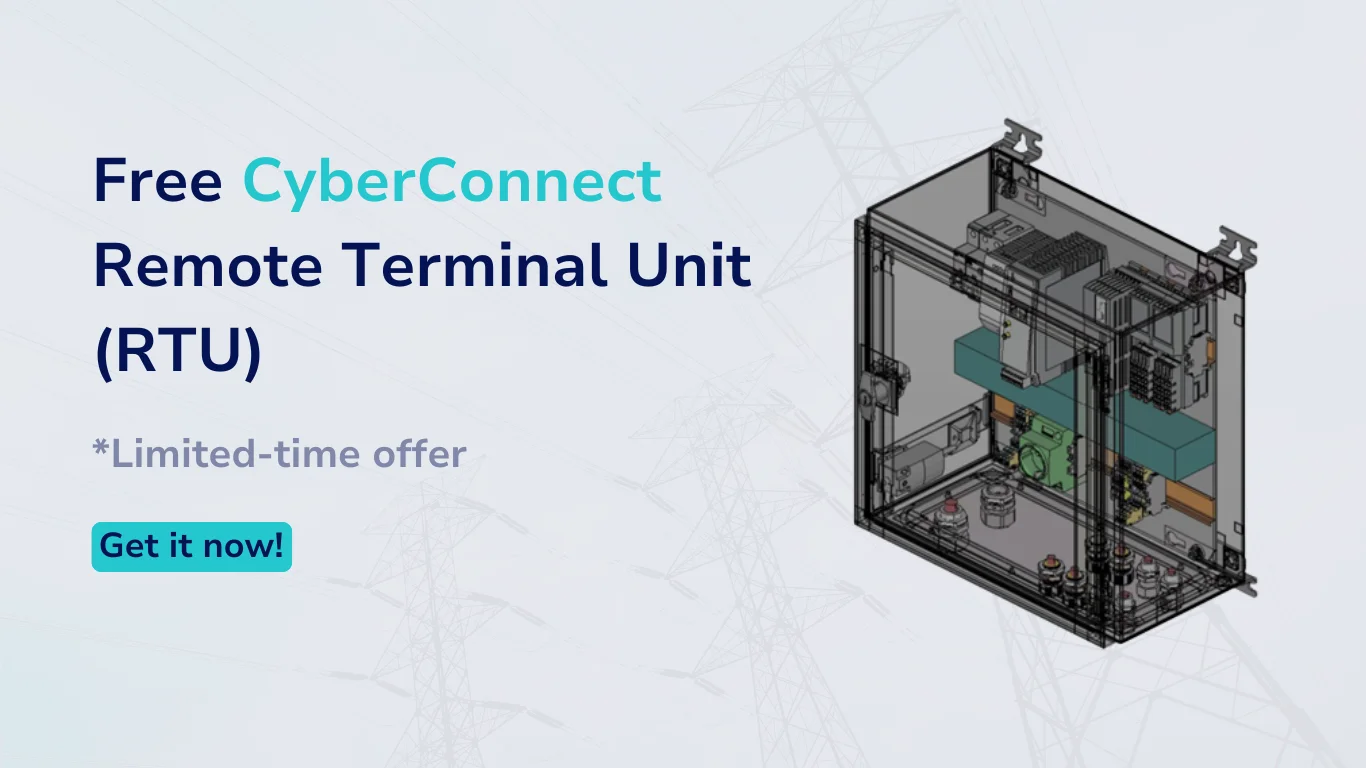As Europe stands on the precipice of an unprecedented transformation in its electricity system, the European Agency for the Cooperation of Energy Regulators (ACER) and the Council of European Energy Regulators (CEER) have issued a clarion call for action in their latest comprehensive report on the future of electricity system. They outline the multifaceted challenges that the continent must address to achieve a decarbonized, consumer-centric and competitive electricity market by 2030 and beyond.
Pan-European interconnected electricity markets
Central to their vision is the need for a pan-European approach to electricity security. The accelerated deployment of intermittent renewable energy sources, coupled with the phasing-out of conventional fossil-fuel generation, has amplified Europe's electricity security of supply challenges. ACER and CEER emphasize that well-interconnected markets are vital to mitigate national price shocks and ensure that electricity can be imported or exported as needed during times of stress. Strengthening governance and the institutional framework to guarantee the availability of cross-border capacities is crucial. Moreover, enhancing electricity resource adequacy assessments to reflect the ability of Member States to support each other during system stress is essential.
Ensuring sufficient flexibility within the electricity system emerges as another key priority. The transition to renewable energy necessitates a range of flexible resources to complement intermittent generation. Short-duration flexibility can be provided by demand response and storage, while long-duration flexibility remains more challenging and requires technological innovation. Policymakers are urged to remove barriers and develop market rules that support the deployment of non-fossil flexibility resources. Additionally, creating a clear regulatory framework for demand response and distributed flexibility is imperative.
Investment stability through well-functioning long-term power markets is highlighted as a cornerstone for delivering the massive investments needed for the transition. ACER and CEER advocate for maintaining efficient forward electricity markets that provide transparent and robust signals for the value of electricity in the future. If market signals alone are insufficient, regulatory interventions such as support mechanisms or using revenues from the Emissions Trading System (ETS) can drive additional investments. Coordinated best practices in designing Contracts for Difference (CfDs), flexibility support schemes, and capacity mechanisms are recommended to minimize market distortions.
Integration of distributed generation and consumption
The role of distribution networks in achieving a flexible and decarbonized energy system is also underscored. The integration of distributed generation and consumption will pose significant challenges to electricity distribution networks, necessitating smart investments and a regulatory framework that supports these changes. Ensuring the neutrality of Distribution System Operators is critical to facilitate market operations and provide necessary data efficiently. Ownership unbundling between DSOs and energy utilities is suggested as an effective measure to achieve this independence.
Empowering consumers to become active participants in the energy market is identified as a powerful tool for providing flexibility. By offering a variety of pricing schemes and flexible options, consumers can adjust their consumption patterns to support the electricity system. Policymakers are encouraged to develop guidance that ensures a range of pricing schemes, from dynamic to fixed-price contracts, incentivizing system flexibility and providing choice for all consumers. Additionally, reinforcing regulatory oversight for new retail market participants and third-party intermediaries is necessary as new types of flexibility offers and services emerge.
How to further strengthen the EU electricity market?
In addressing the development and cost-sharing of European electricity transmission infrastructure, ACER and CEER call for an improved and transparent pan-European assessment of infrastructure needs. Introducing a complementary EU planning approach to identify regional infrastructure solutions and empowering regulators to request project proposals to bridge infrastructure gaps are vital steps. Furthermore, the costs and benefits of network infrastructure must be shared equitably across the EU. A holistic review of existing mechanisms for cost and benefit sharing is essential to reflect the broader benefits of interconnected networks.
The "efficiency first" principle is highlighted as a means to reduce the need for additional investments by maximizing the value from existing and future assets. Fair and cost-reflective tariffs are necessary to manage rising network costs, and coordinated approaches among Member States are preferable to ensure equity. Improving market governance is also critical, with a focus on reducing delays in market integration projects and enhancing enforcement procedures.
Finally, the importance of strong and independent energy regulators cannot be overstated. These regulators must be properly equipped and free from partial interests to ensure sustainable and affordable system development. Policymakers are urged to safeguard the independence of regulators and provide them with sufficient resources to carry out their mandated tasks effectively. Enhancing regulators' roles in infrastructure planning and adequacy will further strengthen the EU electricity market.




